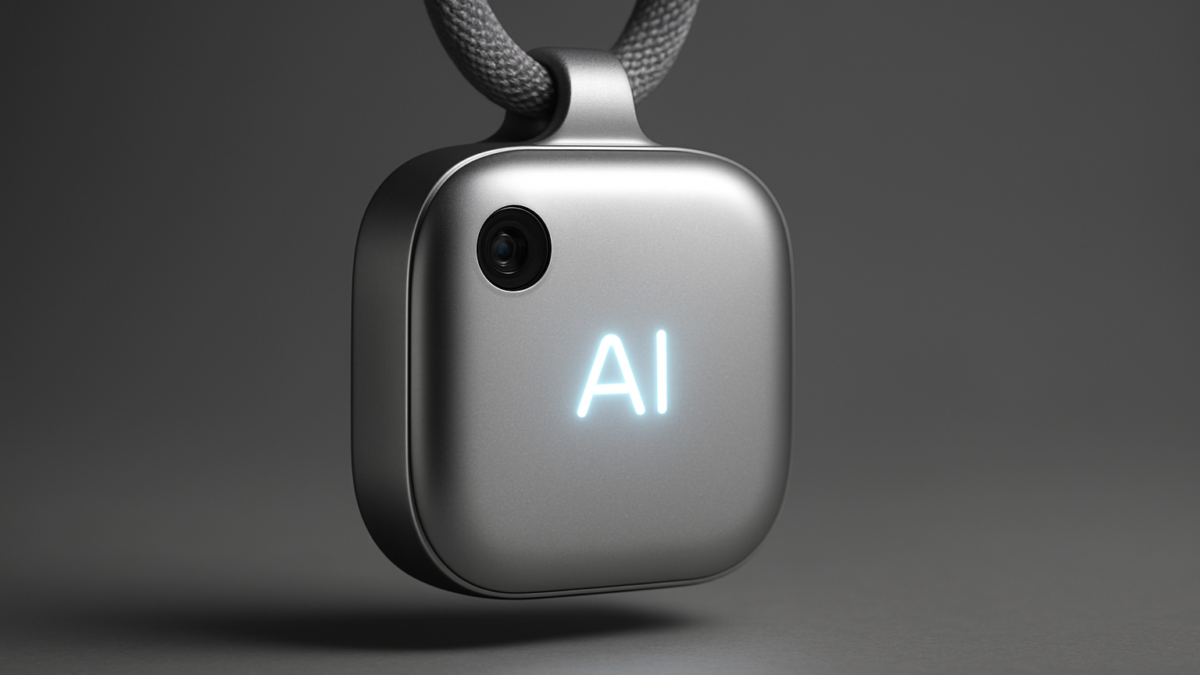OpenAI & Jony Ive’s AI Device: A Glimpse Into the Future of Human-Tech Interaction
Table of Contents
Introduction
In a groundbreaking collaboration that blends cutting-edge artificial intelligence with iconic design, OpenAIhas partnered with Jony Ive, the legendary former Chief Design Officer of Apple, to develop what could be the next big leap in consumer technology. This AI-first device is poised to redefine how humans interact with machines—blending design elegance with intelligence-driven functionality in ways we’ve never seen before.
But what exactly is this device? Why does this partnership matter? And what could it mean for the future of everyday tech? Let’s break it down.
The Powerhouses Behind the Innovation
OpenAI has been at the forefront of artificial intelligence, with products like ChatGPT revolutionizing how people think about natural language processing and machine learning. Jony Ive, on the other hand, is responsible for the design DNA behind Apple’s most beloved devices—the iPhone, iPad, iMac, and even the original iPod.
Together, they represent a union of intelligent function and emotional form. This is not just about building a smart device—it’s about creating something that feels personal, intuitive, and essential to daily life.
What We Know So Far
While OpenAI and Ive have been intentionally secretive about the specifics, some details have begun to emerge.
- The device is expected to be screenless or minimally screen-dependent, signaling a shift away from traditional touch-based interfaces.
- It aims to serve as a natural interface for AI, using voice, sensors, and context awareness to deliver personalized experiences in real-time.
- The project is being developed in collaboration with LoveFrom, Jony Ive’s design studio, and is backed by a $1 billion investment from SoftBank’s Masayoshi Son, who has expressed interest in integrating the device with ARM’s chip capabilities.
Unlike smartphones or smartwatches, this device is not meant to replicate existing technology in a new form. It’s meant to redefine a new category altogether—something that blends presence, ambient intelligence, and subtle computing into a unified experience.
Why This Device Matters
Today’s devices are either overly complex or demand too much of our attention. Notifications, apps, and screen addiction are all side effects of interfaces that were never designed to fit seamlessly into our lives.
OpenAI’s device may change that by prioritizing intent over input. Imagine a wearable or object that listens, understands, and acts—not because you tap an icon—but because it senses your needs, your schedule, your tone of voice, or even your mood.
This represents a shift from command-based computing to context-based assistance.
Key Features (Speculative, Yet Likely)
Given OpenAI’s capabilities and Ive’s design philosophy, here are some anticipated features:
- AI-first voice interaction — Think ChatGPT 5 with proactive intelligence.
- Minimalist form factor — No bulky screens or clunky interfaces.
- Private by design — Local processing and encrypted conversations could become the new standard.
- Always-learning assistant — Adaptive functionality that gets smarter over time based on user behavior.
This aligns with the trend of post-smartphone design, where technology becomes invisible yet omnipresent.
What It Means for the Future
If this AI device succeeds, it could:
- Challenge the smartphone’s dominance as the central personal tech device.
- Spur a wave of ambient computing products that prioritize presence over presentation.
- Introduce new UX/UI paradigms where screens are optional and interaction is humanized.
From a marketing perspective, this could also unlock new forms of personalized engagement, hyper-local services, and context-aware advertising—handled ethically and unobtrusively.
Final Thoughts
The collaboration between OpenAI and Jony Ive isn’t just about launching a new gadget. It’s about ushering in a new era of intelligent, human-centered design. As AI becomes more embedded in our lives, the way we interact with it must also evolve—and this project may be the prototype for that transformation.
While the full details are yet to be revealed, one thing is clear: the future of human-AI interaction won’t look like a smartphone. It’ll look like nothing you’ve ever seen before.
Stay tuned. The revolution is just beginning.
You May Also Like: Drive Engagement and Leads: iTMunch’s Comprehensive B2B Content Syndication Solutions





